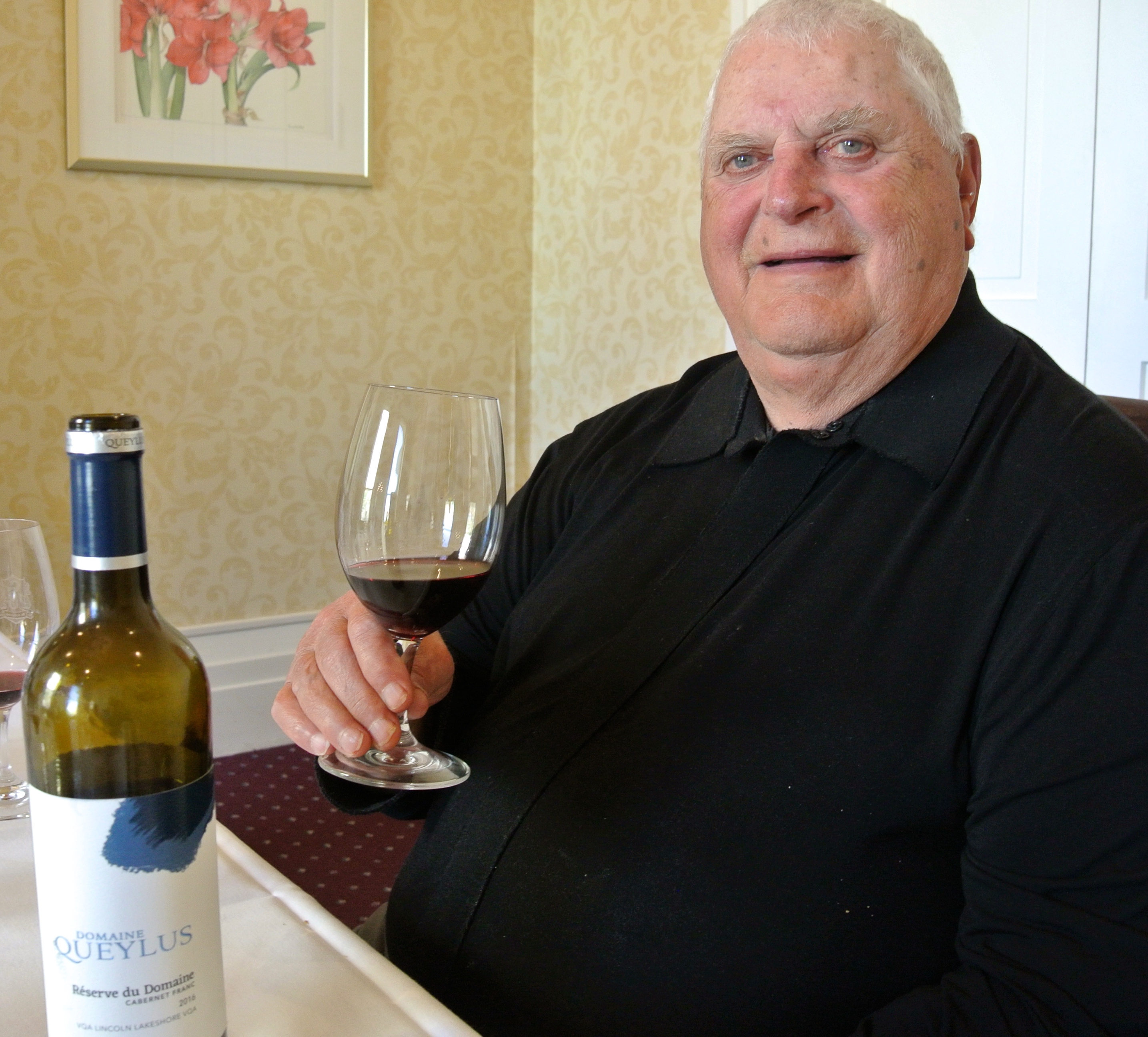
By Rick VanSickle
The man sitting next to me at the St. Catharines Club dining room on a sunny fall harvest day in Niagara amassed a wine cellar with a staggering 35,000 bottles in his heyday of collecting.
That’s enough wine to have a bottle every day for 95 years and still have leftovers.
“I bought more than necessary,” deadpans legendary Quebec restaurateur Champlain Charest, 87. “As soon as I got the disease for wine I bought more than I could spend or drink.”
He’s right, of course, to a lot of people 35,000 bottles of wine seems a bit excessive. But it wasn’t just the sheer volume of wine that was impressive it was the quality of the wine he collected that would send a shiver up the spine of any serious collector.
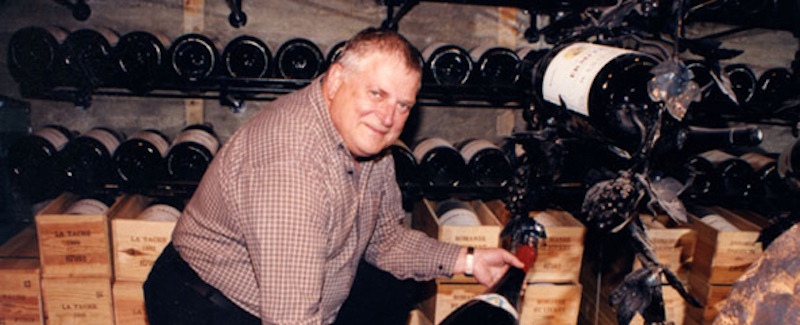
His cellar was deep in First Growth Bordeaux,Château Petrus, Château Cheval Blanc, the great sweet wines from Château d’Yquem (all vintages made since 1929) and every most sought after wine from the region you can think of in the best vintages (including a dizzying array of clarets from 1982). He also bought top Italians (Sassicaia was a particular favourite), Napa cult wines and a small nod to Canadian icewines. But as impressive as that was, Charest had one of the deepest collections of large format bottles on the planet including 150 methuselahs (six litres or the equivalent of eight bottles) of Domaine de la Romanée Conti (thought of as the greatest estate in Burgundy) and an 18-litre (equivalent of two cases) bottle of Jaboulet Hermitage La Chapelle (Rhone) 1995, one of only six in the world at the time.
To this day he gets sent a large format bottle of each of the DRC terroirs from every vintage.
Charest’s long closed restaurant, Bistro à Champlain, in Ste-Marguerite-du-Lac-Masson, in the Quebec Laurentians, is where the wine collector kept some of his vast collection of wines, up to 8,000 bottles at any given time. And the rest he kept at home.
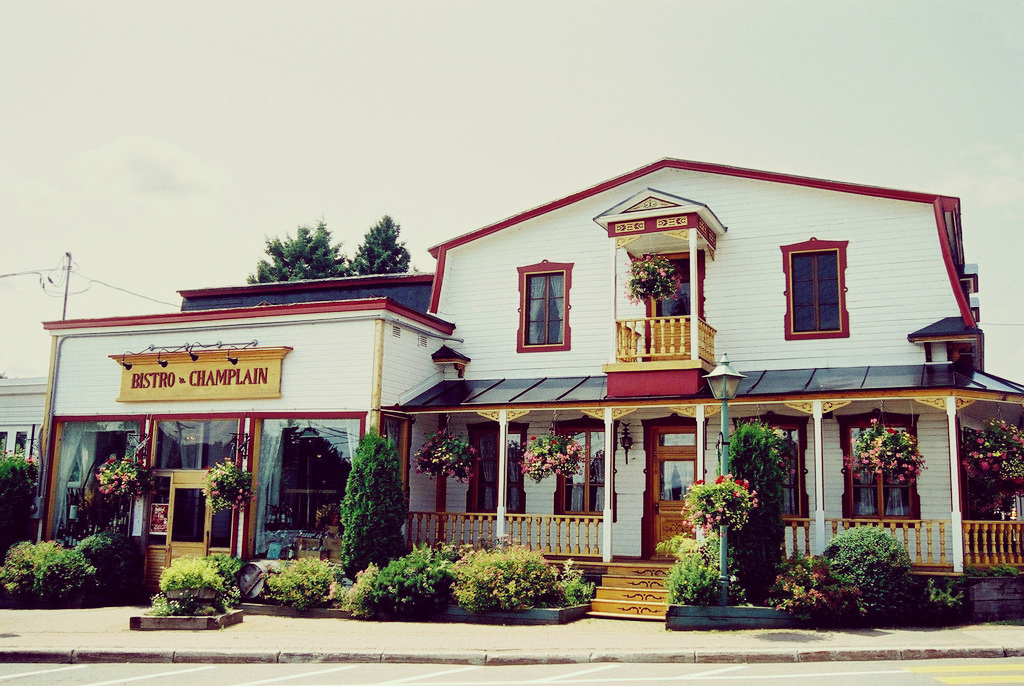
Charest’s Bistro à Champlain occupied an old general store that dated from 1864. “The owner wanted to demolish it to build a motel in 1974,” explained Champlain to the Financial Post in a story published in 2014. “I was aghast that it was going to be destroyed, so I bought it, along with my friend and neighbor, Jean Paul Riopelle.” (The artist lived next to Champlain, across Lake Masson, from the bistro.)
The bistro opened in 1987 and enjoyed a long and memorable life. Not surprisingly, wine lovers from across the world went there to admire his cellar and enjoy its great wines, the Financial Post wrote. The Wine Spectator selected Bistro à Champlain for its Grand Award in 1988, and every year since.
It also earned the CAA Four Diamond Award, annually since 1992, the Grand Prix du Tourisme and many other honours, including the Restaurant of the Year by the Revue du Vin de France in 1997.
And then it closed in 2014.
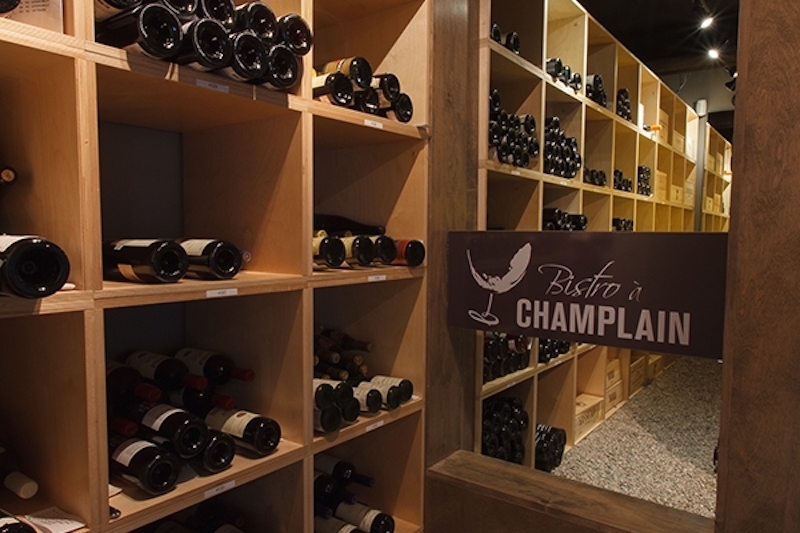
In 2016, Esterel Resort in the Laurentians bought 5,000 bottles of Charest’s wines and changed the name of its L’ultime restaurant to Bistro à Champlain. Groups of up to 50 people can dine at the Tablée à Champlain in the wine cellar, with a sommelier as the host.
And the SAQ, Quebec’s equivalent of the LCBO, acquired a great deal of Charest’s collection and offered the bottles for sale through the government stores.
This was the note to customers from the SAQ at the tiime:
“The SAQ is pleased to be able to offer wine lovers the opportunity to acquire rare bottles of highly sought-after vintages from a renowned wine cellar built over the years by dedicated collector Champlain Charest.
“Over 550 bottles of rare and prestigious wine, a portion of the Champlain cellar, will be released for sale as of November 6, mostly from the Bordeaux and Burgundy regions, with some wines from Portugal, the United States, Italy and Australia. This is a unique chance to get your hands on a legendary Château d’Yquem 1975, Harlan Estate 1999 or Petrus 2000, to name a few.”
With all the downsizing of the various cellars, Charest and his wife Monique were left with a mere (sarcasm alert) 5,000 bottles.
And on this day, sitting in a restaurant in St. Catharines with Charest and his family, it is not Petrus we are drinking with our steak and frites. It’s something else that has grabbed the full attention of Charest and has had him hooked since 2010.
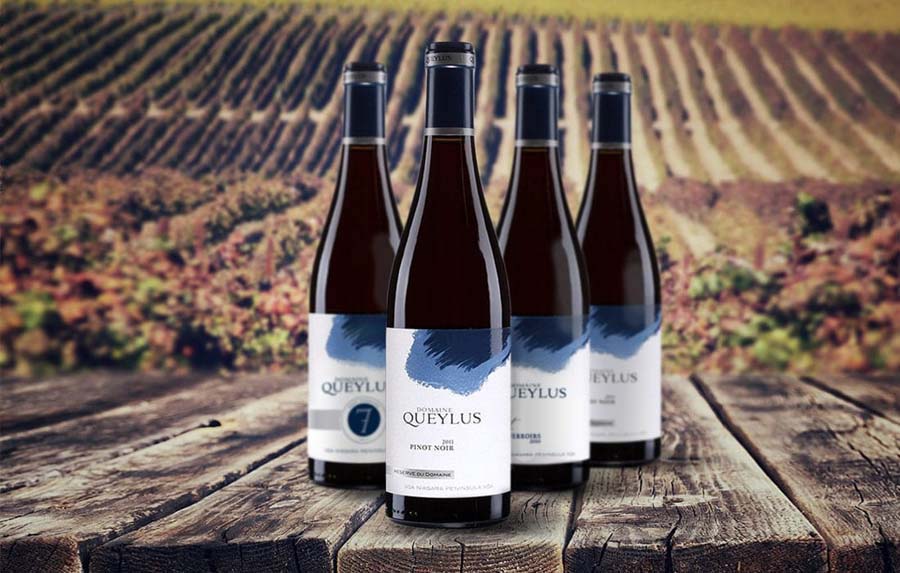
Charest was never a fan of Ontario wine and was reluctant to try them because of his profound love for Burgundian Pinot Noir and Chardonnay. But at a blind tasting a number of years ago he came across a Pinot Noir he could not identify. “I guessed everywhere but Ontario. Don’t tell me it’s from Ontario,” he says with a twinkle in his eye. It turned out it was a Niagara Le Clos Jordanne (which no longer exists) Pinot Noir made then by Thomas Bachelder. “It was the best wine I had ever tasted from Ontario.”
Charest made it his mission to learn all he could about Ontario Pinot Noir and Chardonnay. He visited the region regularly, tasting the best Pinots, studying the terroir and waiting for an opportunity.
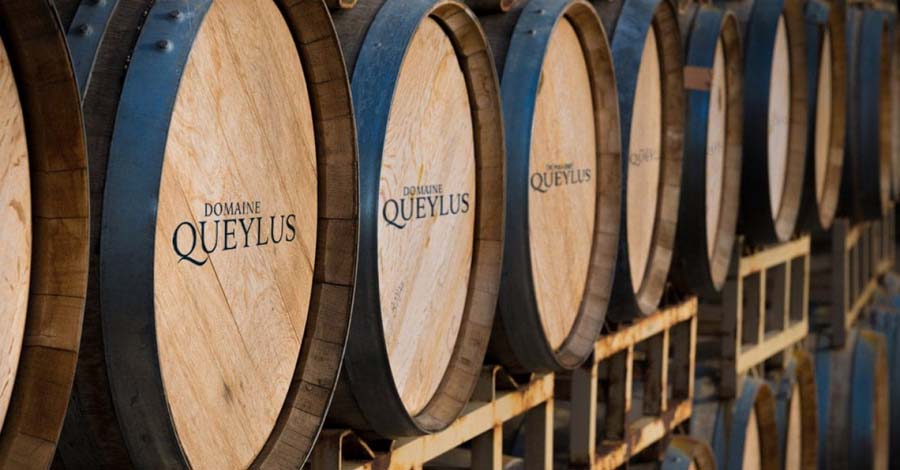
Two years after the Domaine Queylus project began with a group of Quebec partners, Charest saw his chance to get involved. The group bought an apple orchard (across the road from The Good Earth) and hired viticulturist Alain Sutra of Bordeaux, France, to evaluate the soil for planting purposes. Sutra recommended Pinot Noir, Chardonnay and Merlot, which he maintained was similar to the heavy blue clay soils of the Right Bank reds in Bordeaux, especially those from Pomerol.
So, it’s no surprise that Queylus planted the estate vineyard to four key varietals: Pinot Noir, Chardonnay, Merlot and Cabernet Franc.
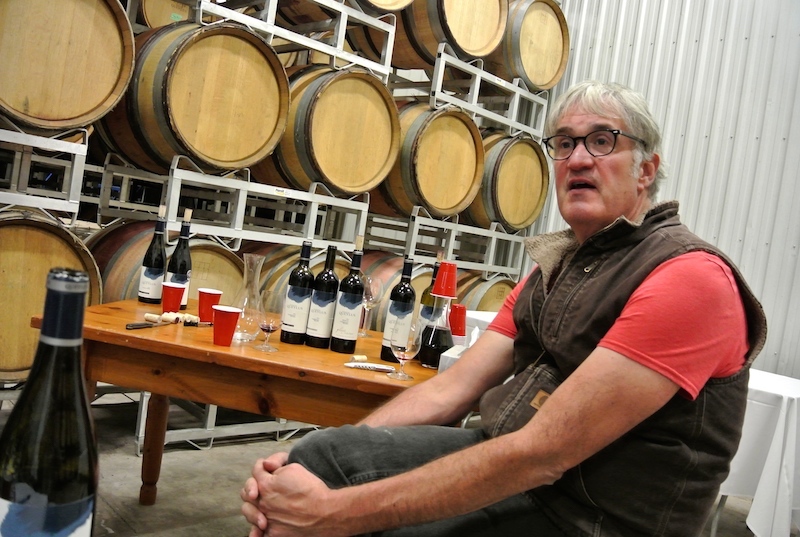
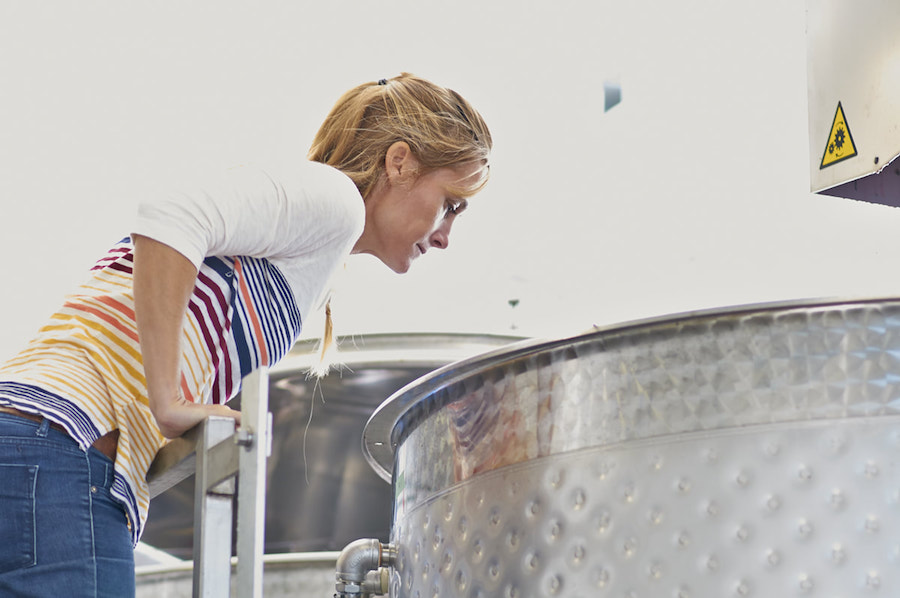
The wines are made by the dynamic winemaking team of Thomas Bachelder and Kelly Mason (both above).
“The soil is the main thing, the vineyard,” says Charest, who did not start life as a restaurant owner and wine collector.
He graduated as a radiologist, after studying at the Université de Montréal and Harvard University in Boston. Champlain’s radiology career moved him from Saint-Luc Hospital in Montreal to the Université de Montréal, where he became assistant professor of radiology. He helped open radiology centers in Quebec, New Brunswick and northern British Columbia.
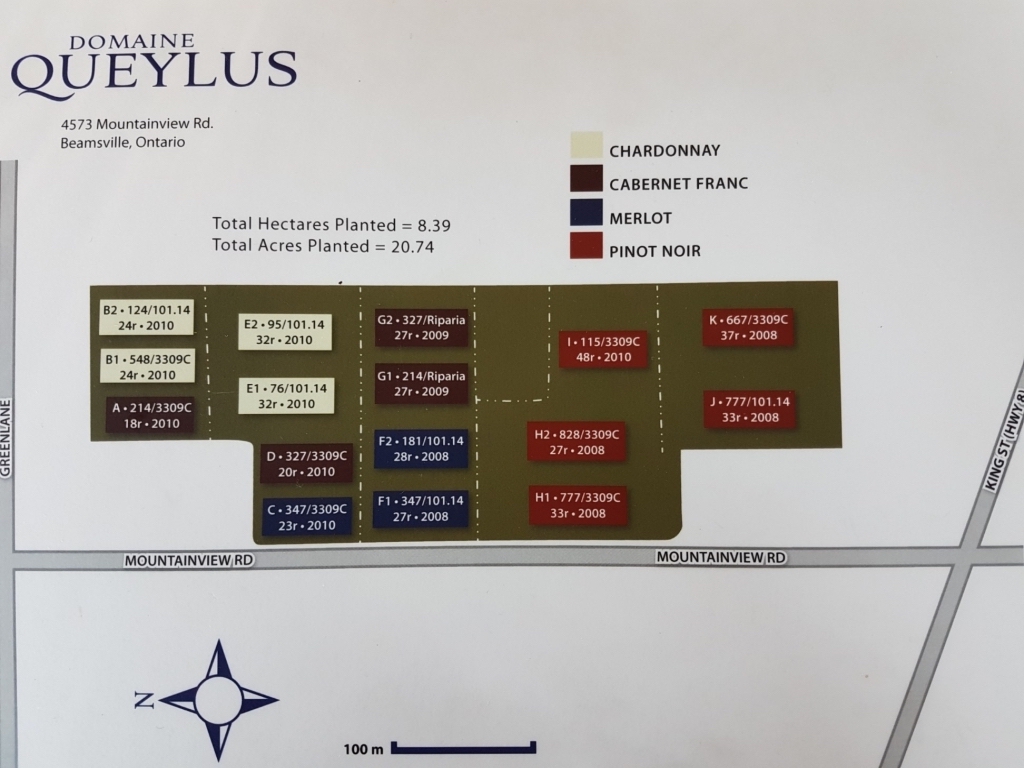
From a distinguished career as a radiologist to one of the world’s greatest collectors of fine wines and famous Quebec restaurateur, to one of 12 owners of Domaine Queylus, Champlain Charest seems quite happy in his new role. His greatest pleasure now seems to be reaching for a top Burgundian Vosne–Romanée 2005 from his cellar at home and having it bested by Domaine Queylus Reserve Pinot Noir 2013.
For Charest, more often than not, it’s an Ontario wine in his glass. And that’s saying something.
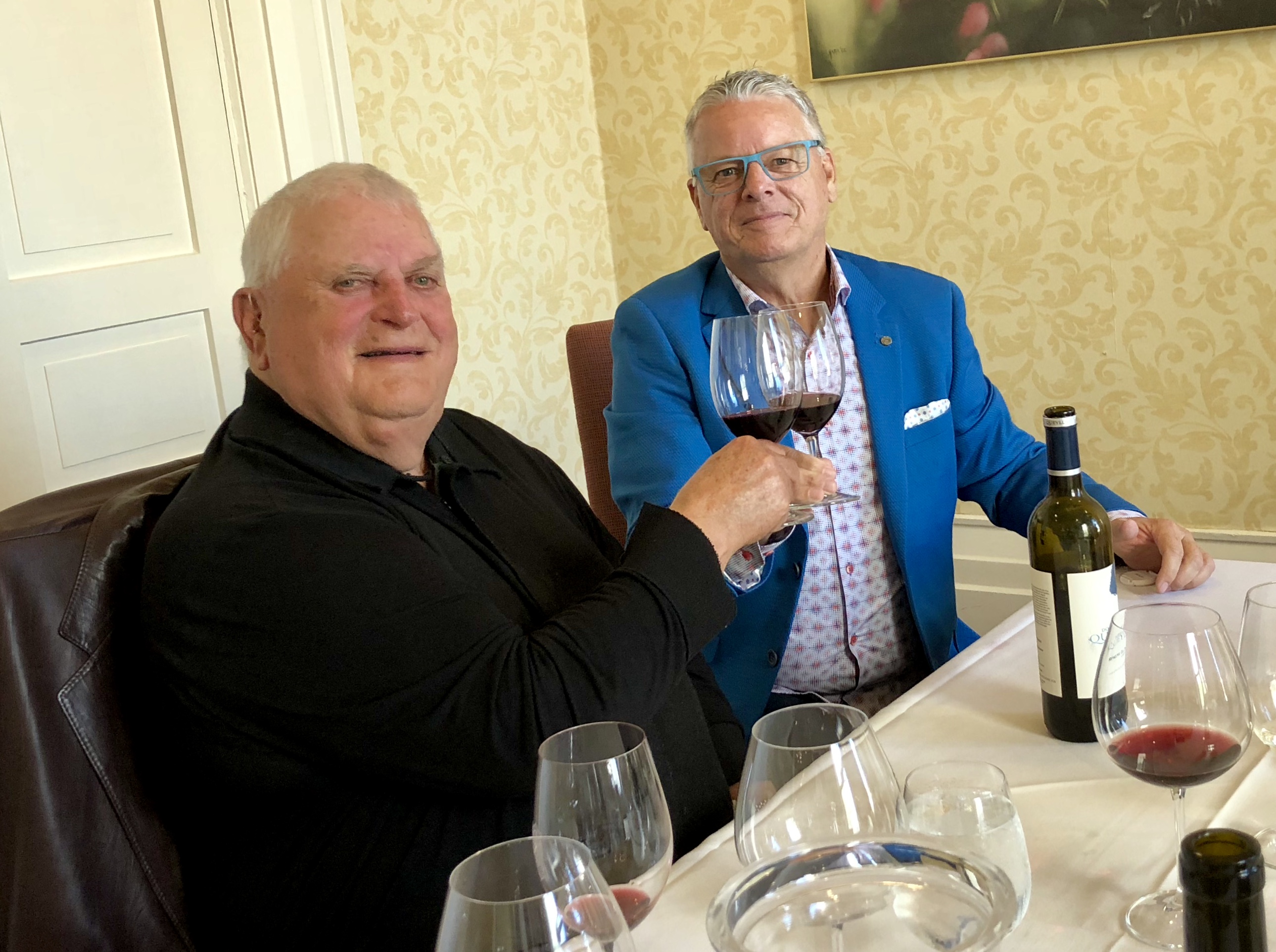
I tasted four top Queylus wines with Charest, his wife Monique, daughter Danielle, and Queylus general manager John Nadeau. Here are my thoughts on the wines.
Coming from a doctor, I thought this quote from Charest about Queylus wines, and, really, all Niagara wines, was just about perfect.
“Acid is the spinal cord of the wine.”
Repeat after Dr. Champlain Charest:
“ACID IS THE SPINAL
CORD OF THE WINE”
It is what lifts Niagara wines and provides a freshness other regions would kill for.
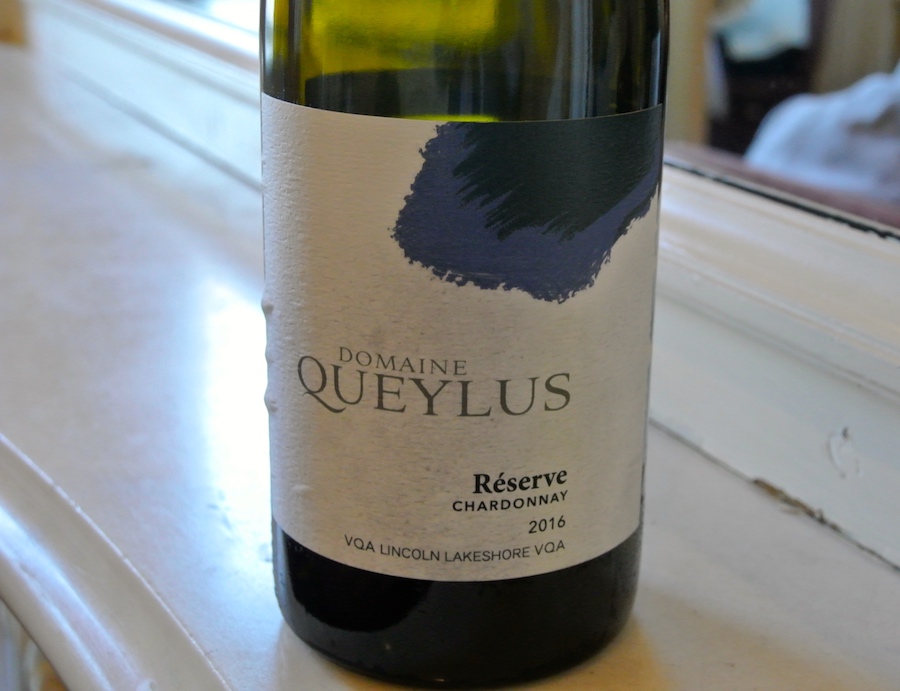
Domaine Queylus Réserve Chardonnay 2016 ($38, winery, 92 points) — This is a bolder, weightier Chardonnay than what is given in a normal in Niagara, but all together interesting to see how a warmer season changes a wine. It possesses such wonderful aromatics of creamy pear, minerals, rich baked apple and well-integrated spice notes. There is weight and complexity to this fine Chardonnay on the palate with rich flavours of poached pear, apple, citrus accents, saline minerality, spice and some freshening acidity that keeps everything lively through a long finish.
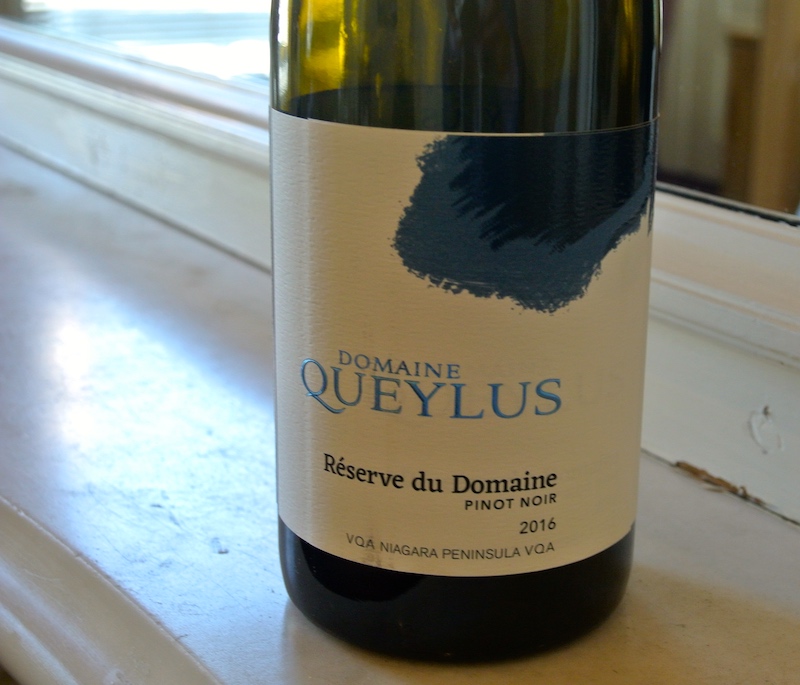
Domaine Queylus Réserve du Domaine Pinot Noir 2016 ($45, released in 2019, 93 points) — This is a heavenly scented Pinot with perfume, incense, savoury red fruits, plums and elegant spice notes on the nose. With gorgeous flavours of cherries, brambly raspberry and cassis on the palate, this Pinot is carried on a bed of smooth, silky tannins. In behind all that fruit is a vein of iron minerality and barrel spice notes that will open up even more with time in the bottle. Lovely Pinot Noir.
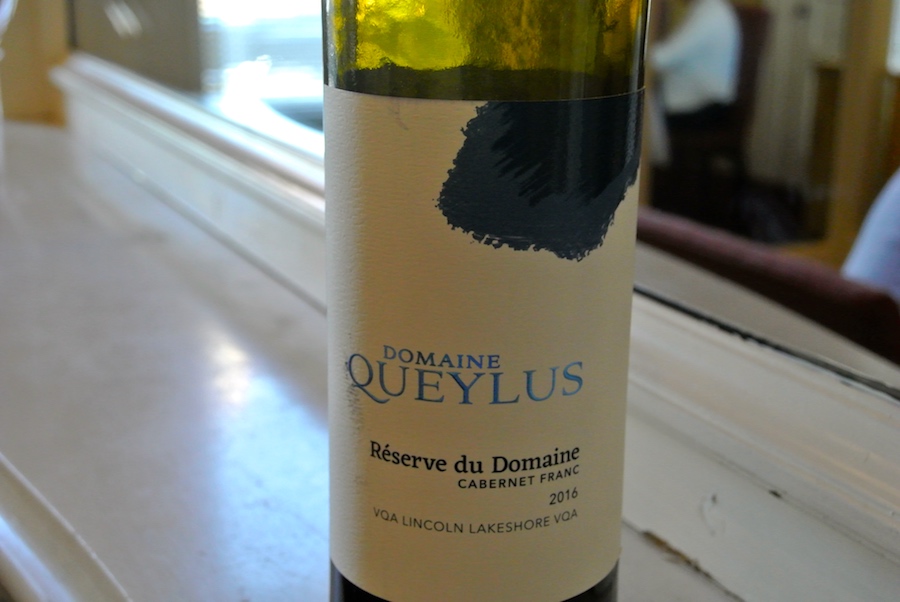
Domaine Queylus Réserve du Domaine Cabernet Franc 2016 ($38, release date not available, 94 points) — “I think the best grape in Ontario is Cabernet Franc,” says Charest. This Cabernet Franc (with a touch of Merlot) is simply beautiful in every aspect. Just a fabulous nose of savoury red fruits, black currants, anise, graphite, iron and integrated herbs and spices. It’s rich, layered and textured on the palate with a range of red fruits, black currants, herbs, spice, minerals and length through a clean and polished finish. This is already showing well, so can’t wait for it to be released.
Domaine Queylus Secret Mission 2016 ($95 range) — This will be the first wine released from Queylus above the Grand Reserve level but, as of yet, it has no name and no predicted release date. The challenge issued to winemakers Thomas Bachelder and Kelly was to make a single barrel of the best of the best from the Queylus Vineyard. They decided on a mix of 50/50 Merlot and Cabernet Franc. It’s a knock out even at this early stage (as well it should be at a predicted price of nearly $100 … is there a more expensive non-appassimento red in Niagara?). This big red has a pretty nose of blackberries, cherries, currants, graphite and elegant barrel spice notes. It has mouth-puckering tannins at this early stage with a range of dark and red fruits, chalky minerality, depth and lovely elegant oak spices. I expect great things from this wine when it’s released and many, many years after that.






Great to know and see first hand how passion,drive and belief in the Niagara Region has taken us to this level in the world of wine.